Disclosure: This article contains affiliate links. We may earn a commission from purchases at no extra cost to you, which helps our travel content.
The air hangs thick with humidity as I step off the small aircraft onto the tarmac of Bata International Airport. This coastal city—Equatorial Guinea's largest yet remarkably untouristed—feels worlds away from the gleaming skyscrapers of Malabo, the country's island capital. Bata stretches along the Atlantic coast like a sleeping giant, its mix of faded colonial architecture, modern government buildings, and vibrant local neighborhoods creating an urban tapestry rarely explored by Western travelers. As someone obsessed with cities that exist at cultural crossroads, I've been drawn to this enigmatic West African metropolis for years.
Navigating Bata's Urban Landscape
Bata operates on a distinctly different rhythm than what most travelers are accustomed to. The city sprawls along the coast in a roughly grid-like pattern, with Paseo Marítimo (the seafront promenade) serving as both physical and psychological anchor. My exploration began here, watching fishermen bring in their morning catch while locals power-walked along the palm-lined boulevard.
The city divides naturally into the colonial core (where government buildings and older structures dominate), newer commercial districts with gleaming buildings funded by oil wealth, and the vibrant residential neighborhoods that pulse with authentic Equatoguinean life.
Getting around requires patience and flexibility. While taxis are plentiful, I found having a reliable mobile translator essential for communicating with drivers. Many speak Spanish or French alongside local languages like Fang, but few speak English. For longer stays, consider arranging a driver through your accommodation—I connected with Mba, a knowledgeable local who became both guide and cultural interpreter during my week-long stay.

💡 Pro Tips
- Always negotiate taxi fares before getting in—expect to pay 1000-2000 CFA (about $1.70-$3.40) for most in-city rides
- Download maps for offline use as mobile data can be spotty
- Carry small denominations of Central African CFA francs as change is often hard to come by
Colonial Echoes: Architecture and Urban Planning
My fascination with urban spaces drew me immediately to Bata's architectural contrasts. The city bears the unmistakable imprint of Spanish colonialism, though in a more subdued fashion than you might find in Latin America. Many administrative buildings cluster around Plaza de la Libertad, where the geometric precision of colonial urban planning still dictates the city's flow.
The Cathedral of Bata stands as the most prominent colonial structure, its twin towers visible from much of the city. Built in the 1950s, it represents one of the final major Spanish construction projects before independence. Inside, the space feels surprisingly airy, with tropical adaptations to European ecclesiastical design that fascinated my urban planner's eye.
Walking these streets with my pocket sketchbook became a daily ritual. I'd find a quiet corner café, order intensely sweet coffee, and sketch facades while noting how Spanish architectural elements had been adapted to the equatorial climate—wider eaves, strategic ventilation, and covered walkways that provide essential shade.
Most compelling are the transitional zones where colonial grid patterns dissolve into more organic neighborhood layouts. These borderlands between planned and spontaneous urban development tell the story of Bata's evolution better than any guidebook.

💡 Pro Tips
- Visit the Cathedral early morning (around 7-8am) when the light is perfect for photography
- The Presidential Palace is heavily guarded—photograph from a respectful distance only
- Look for the subtle differences between Spanish colonial architecture here versus Latin America
Market Life: The Pulse of Bata
No urban exploration is complete without immersing yourself in local markets, and Bata offers several vibrant options. The Mercado Central stands as the commercial heart of the city, a sensory explosion where everything from fresh produce to imported electronics changes hands. Unlike the sanitized market experiences tailored for tourists in more frequented destinations, this is authentic commercial chaos that serves locals first and foremost.
I arrived early one morning, equipped with my anti-theft crossbody bag (a precaution I take in any crowded market worldwide) and was immediately enveloped in the symphony of commerce. Women in vibrant wax-print fabrics presided over pyramids of tropical fruit, while butchers with impressive machete skills prepared cuts with theatrical precision.
The fish section proved particularly fascinating. Having grown up in coastal Brisbane, I've always been drawn to seafood markets, and Bata's offerings didn't disappoint. Species I'd never encountered were displayed on simple wooden tables, many still glistening from the morning's catch. When I expressed interest in a particularly unusual specimen, the vendor—a woman with intricate braids and a booming laugh—insisted I photograph her holding it aloft like a trophy.
Beyond food, the market offers a window into Bata's position as a commercial hub. Chinese-imported goods dominate certain sections, while traditional crafts and medicinal herbs occupy others—a physical manifestation of Equatorial Guinea's complex position in global trade networks.

💡 Pro Tips
- Visit markets early (6-8am) for the freshest produce and most authentic experience
- Ask permission before photographing vendors or their goods
- Bring small bills and be prepared to bargain, but do so respectfully
Cultural Crossroads: Finding Community in Bata
The true essence of Bata reveals itself after sunset, when the punishing equatorial heat relents and the city exhales collectively. Residents emerge onto streets and gathering spaces with a palpable sense of relief. This evening transformation fascinated me throughout my stay.
Bata's nightlife centers around several distinct areas. The beachfront becomes an impromptu social club, with plastic chairs appearing outside small bars where cold Tropical beer (the local lager) flows freely. Here, I found myself drawn into conversations about football, politics, and inevitably, what exactly an Australian was doing in Bata.
Perhaps my most memorable evening began at a small cultural center near the university, where I stumbled upon a rehearsal for a dance performance. The director, noticing my interest, invited me to observe. For three hours, I sat transfixed as dancers merged traditional movements with contemporary influences, creating something uniquely Equatoguinean. My noise-cancelling earbuds came in handy for recording snippets of the mesmerizing percussion, which I later listened to while writing my notes.
The experience highlighted something I've found throughout my travels—cultural spaces often exist in the margins of urban environments, creating vital connections between traditional practices and contemporary city life. In Bata, these connections feel especially significant given the rapid changes reshaping the city through oil wealth and international influence.
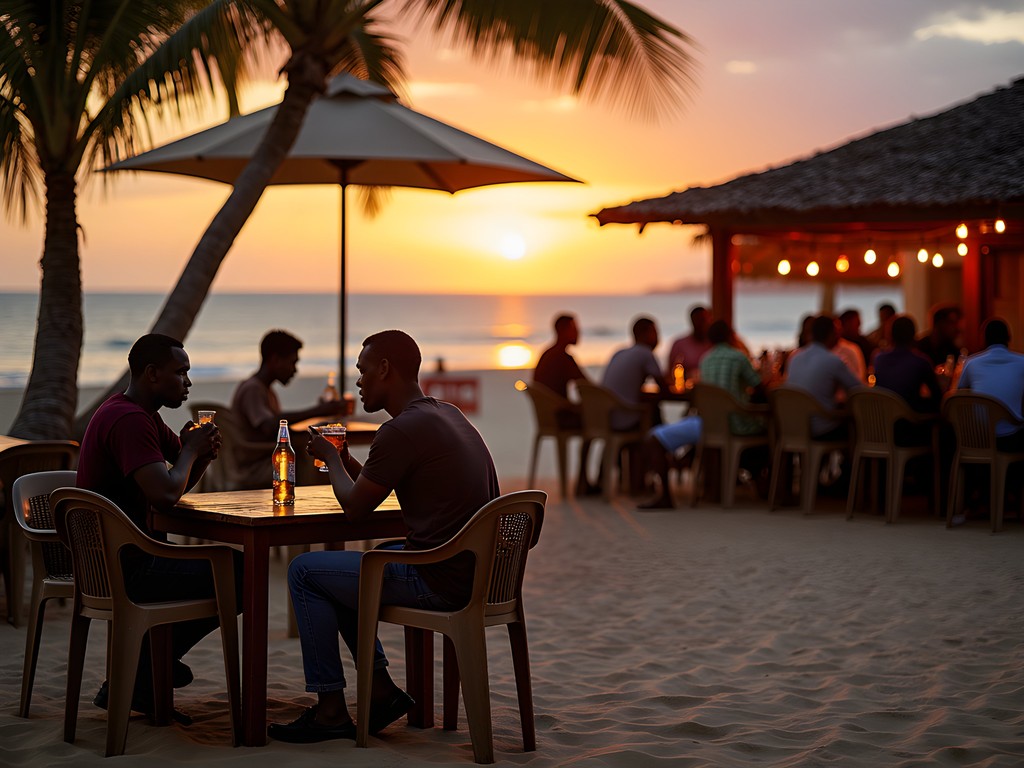
💡 Pro Tips
- La Ferme restaurant offers excellent Afro-French fusion cuisine and a chance to meet expats
- Ask permission before joining local gatherings or taking photos at cultural events
- Learn a few phrases in Spanish and French—even basic greetings open many doors
Practical Challenges: Navigating as a Solo Traveler
I won't sugarcoat it—Bata presents genuine challenges for independent travelers. Unlike destinations with established tourism infrastructure, you're largely on your own here. This requires both preparation and flexibility.
Accommodation options cluster at opposite ends of the spectrum: high-end hotels catering to oil industry executives and government officials, or basic local guesthouses with variable standards. I split my time between both, starting at the Hotel Panafrica to orient myself before moving to a family-run guesthouse in a residential neighborhood.
Internet connectivity proved frustratingly inconsistent throughout my stay. My portable WiFi hotspot became an essential lifeline, though even this struggled with local network limitations. I recommend downloading offline maps, translation dictionaries, and entertainment before arrival.
Permits and photography restrictions require attention. Equatorial Guinea maintains strict regulations about photographing government buildings, military installations, and infrastructure. I learned this lesson the hard way when police officers approached me while I was innocently photographing a colonial-era post office. The situation resolved amicably, but served as an important reminder that different rules apply here.
Cash management presents another hurdle. ATMs are unreliable and credit cards rarely accepted outside major hotels. I brought euros (widely accepted for exchange) and used the hotel safe to store excess funds. A hidden money belt provided additional peace of mind when exploring unfamiliar neighborhoods.
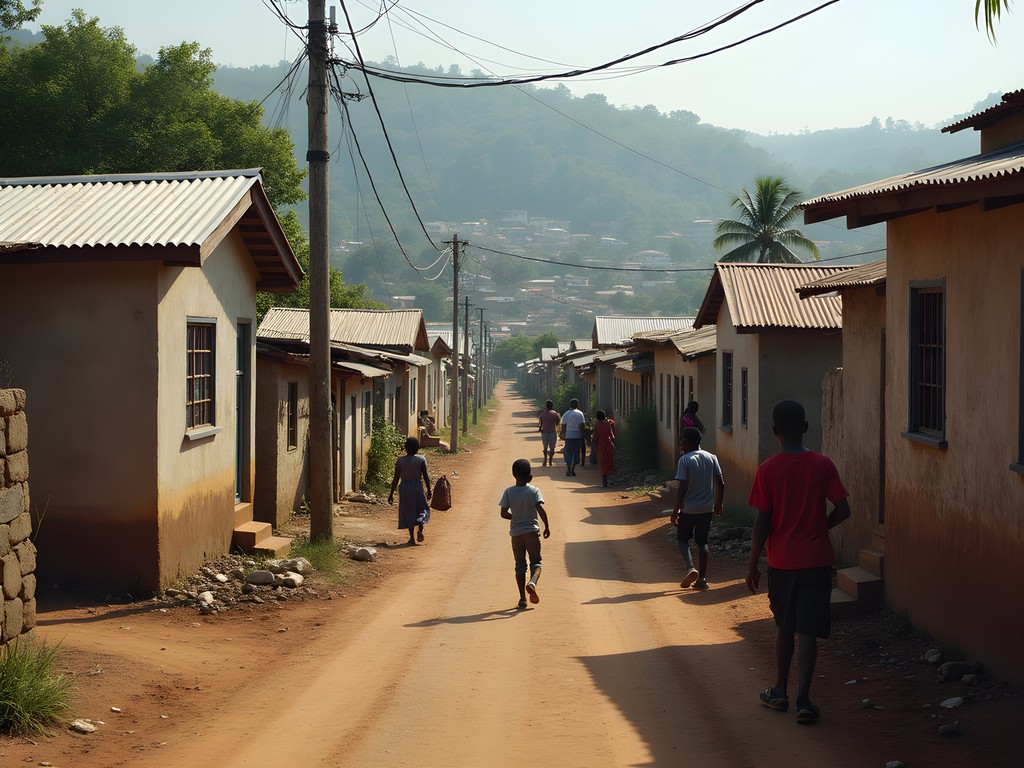
💡 Pro Tips
- Secure accommodation before arrival—this isn't a place for spontaneous booking
- Bring twice as much cash as you think you'll need, preferably in euros
- Register with your embassy upon arrival—Bata has few consular services
Final Thoughts
As my week in Bata draws to a close, I find myself reflecting on the unique urban tapestry I've explored. This city exists at a fascinating crossroads—geographically between Central and West Africa, historically between colonial past and independent future, economically between traditional subsistence and oil-fueled modernization. These tensions create an urban experience unlike any other I've encountered in my travels.
Bata won't appeal to everyone. It lacks the polished infrastructure of mainstream destinations and demands patience, cultural sensitivity, and adaptability. Yet for urban explorers seeking authentic experiences in rarely-visited cities, it offers rich rewards. The architectural contrasts, vibrant market culture, and genuine human connections available here simply can't be found in more trafficked tourist centers.
As I watch my final Bata sunset from the Paseo Marítimo, a group of children practice elaborate handshakes nearby, their laughter carrying on the evening breeze. A fisherman repairs his net with methodical precision. Two women in corporate attire discuss something animatedly over cold drinks. This everyday tableau captures what makes urban exploration so compelling—the chance to witness how diverse lives intersect within shared spaces, creating the unique character of a place. Bata may not be on many travelers' radar, but for those willing to venture beyond the beaten path, it offers a window into an urban Africa rarely seen.
✨ Key Takeaways
- Bata offers a rare glimpse into an African city largely untouched by tourism, where authentic urban life takes precedence over visitor experiences
- The architectural contrasts between colonial structures, oil-boom modernism, and traditional neighborhoods tell a complex story of Equatorial Guinea's development
- Advance preparation is essential—from cash management to accommodation booking to understanding local photography restrictions
📋 Practical Information
Best Time to Visit
December-February (dry season)
Budget Estimate
$100-150/day (excluding flights)
Recommended Duration
5-7 days
Difficulty Level
Challenging

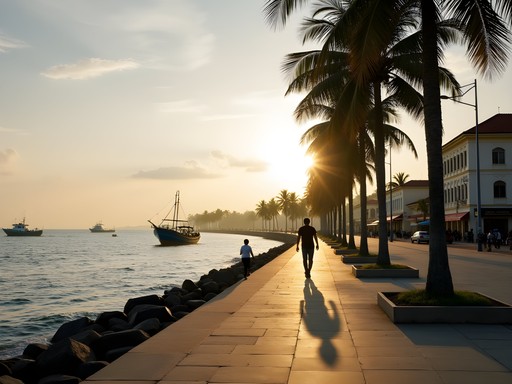
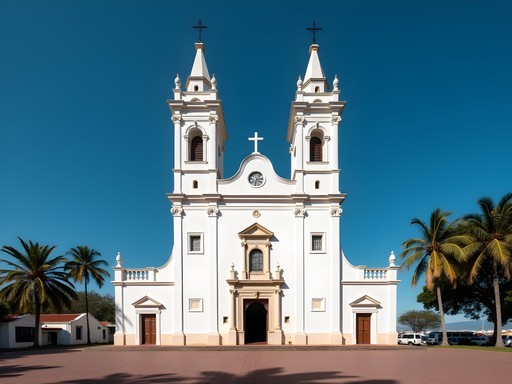
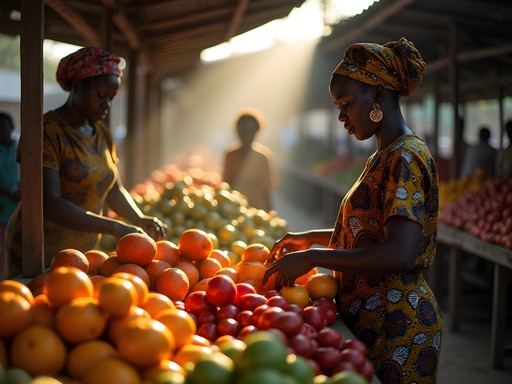
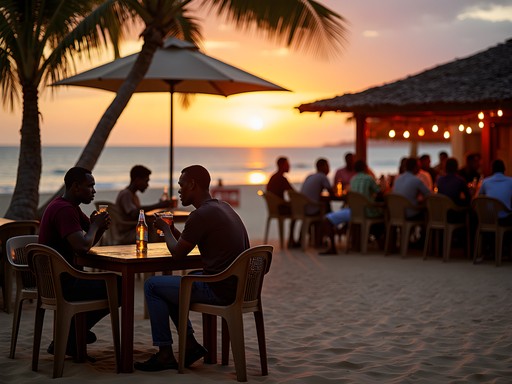
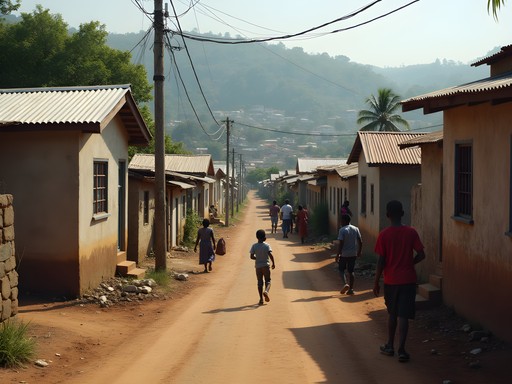


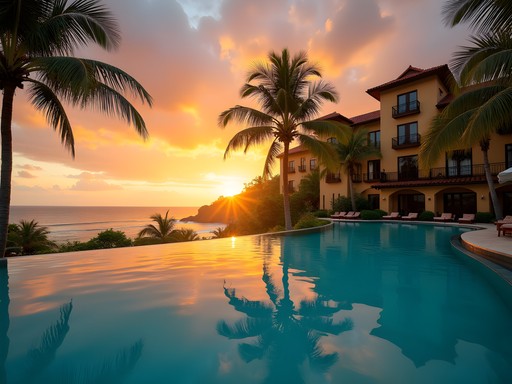






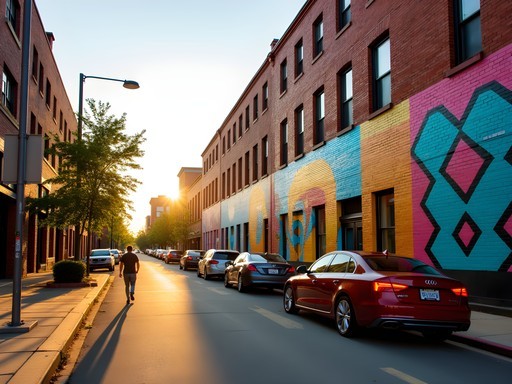
Comments
waveexplorer
How difficult was it to get around with public transport? Planning a West Africa trip next year and wondering if Bata is doable without hiring drivers.
Sage Dixon
Not Jerry, but I can share my experience from Bata last year. The shared taxis (white and green) are actually quite reliable once you understand the system. They follow set routes and you just need to flag one down. Cost me about 500 CFA (less than $1) per ride. For longer distances, the minibuses from the central station work well but don't expect a schedule - they leave when full. I found a local guide through my hostel for the first day who showed me the ropes, which made navigating much easier after that. The adventure is part of the experience!
waveexplorer
That's super helpful, thanks Sage! Did you need much Spanish to get by?
roammate
How safe did you feel in Bata? I've heard mixed things about security in Equatorial Guinea.
Jerry Kelley
I felt quite safe during daylight hours in the main areas. Like most cities, I was more cautious at night and stuck to well-lit areas. The police presence is very visible. Just use common sense and you'll be fine!
roammate
That's reassuring, thanks for the quick reply!
Douglas Bradley
Jerry, this is exactly the kind of off-the-beaten-path content I appreciate. I spent three weeks in West Africa last year but missed Equatorial Guinea entirely. Your observations about the colonial architecture remind me of similar patterns I noticed in Libreville. The contrast between European structural influence and local cultural adaptation creates such a fascinating urban landscape. Did you find any particular neighborhood that best represented this blend? I'm planning a Central/West Africa circuit for next spring and might add Bata to my itinerary.
Jerry Kelley
Thanks Douglas! The area around Plaza de la Independencia has some great examples of that architectural blend. The side streets just north of there were my favorite - less polished but more authentic mixing of styles. Definitely worth exploring if you make it there!
Douglas Bradley
Appreciate the tip, Jerry. Adding that to my notes!
wavebackpacker
Finally a post about Equatorial Guinea! Been wanting to visit Bata for ages. Great insights!
Frank Garcia
Fascinating piece on Bata. I analyzed travel patterns in West Africa last year and Equatorial Guinea remains one of the least visited countries despite its unique cultural position. The colonial architectural influence you mentioned parallels what I documented in São Tomé, though Bata seems to have preserved more of the original structures. Did you notice any significant differences between the northern and southern districts? When I backpacked through similar post-colonial cities, I often found stark economic contrasts between different neighborhoods. Your section on public transportation was particularly insightful.
wanderlustblogger
Those market photos are STUNNING! The colors are so vibrant. What camera setup are you using?
Jerry Kelley
Thank you! Just using my trusty mirrorless camera with the kit lens. The light in Bata markets is a photographer's dream!
vacationlover5043
How was the safety situation there? Heard mixed things about Equatorial Guinea.
Jerry Kelley
I felt quite safe in Bata, especially in the main areas. Like anywhere, just use common sense - don't flash valuables, be aware of your surroundings. The locals were incredibly helpful when I needed directions.
escapeexplorer
Agree with Jerry. I actually felt safer in Bata than in many European cities I've visited. Just be respectful and learn a few Spanish phrases.
moonbuddy
Never even heard of Bata before! Adding to my bucket list!
escapeexplorer
Wow Jerry, this is exactly the kind of off-the-beaten-path content I live for! I visited Bata last year and was blown away by how few tourists there were. The markets were incredible - did you try that spicy fish stew from the lady with the blue headwrap near the main market entrance? Life-changing! The colonial architecture really is something else too. Your photos captured the city's vibe perfectly.
Jerry Kelley
Thanks @escapeexplorer! I did try that fish stew - absolutely incredible! The lady told me the recipe has been in her family for generations.
Sophia Gomez
Jerry, your post on Bata is so timely! I'm heading back there for work next month and plan to extend my stay for some exploration this time. Your section on 'Colonial Echoes' was particularly interesting - I walked past those buildings every day but knew nothing about their history. One thing I'd add for anyone planning a visit: the mobile internet was surprisingly reliable in the city center, but I wish I'd brought a physical map for the outskirts. The mix of Spanish colonial influence with local cultures makes Bata such a fascinating place to experience, doesn't it?
Jerry Kelley
Great point about the physical map, Sophia! And yes, that cultural fusion is what makes Bata so unique. If you have time on your next trip, try to visit the fishing villages just outside the city - completely different vibe.
Venture X
Premium card with 2X miles, $300 travel credit, Priority Pass